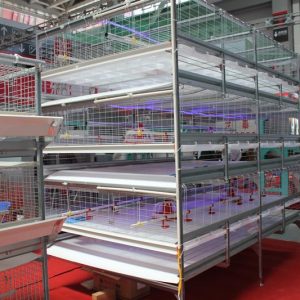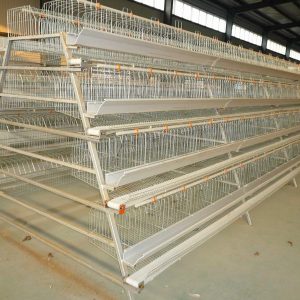
How to do a good job in local chicken breeding and disease prevention
In recent years, Xingtai City has used orchards, mountains, idle fields, deserted beaches, etc. to raise the proportion of native chickens, because the farming method saves labor and effort, and the management is extensive. The cultivated native chickens are of delicate quality and the poultry products are deeply consumed. Welcome. Over the years, I have adopted comprehensive prevention and control measures such as formulating immunization procedures, disease diagnosis and treatment, environmental sanitation and disinfection, construction of chicken coops, and scientific breeding for farmers to raise native chickens, which has effectively controlled the occurrence of chicken diseases and ensured the healthy breeding of native chickens. Low-cost and health-care breeding technology has increased production and income. To develop high-quality native chickens, we should focus on the following tasks:
1 Production conditions
Improve the breeding environment and create good production conditions for local chicken breeding.
1.1 Chicken Coop Construction
Local chicken breeding should choose a place with a leeward sun, a flat terrain, high dryness, easy access to water, a distance from the village, easy transportation, a small crown, and sparse fruit trees. The chicken house must be built in a place with high terrain, convenient drainage, and good ventilation; the inside of the house should be a concrete floor to facilitate cleaning and disinfection, and a sandy playground should be set outside the door.
1.2 Disinfection of premises and utensils
Spread the floor with quicklime or spray with 10% quicklime milk for disinfection, and brush with 10% quicklime milk on the walls and flues in the house. Cages, troughs, drinking fountains, etc. are cleaned and disinfected with 1% caustic soda solution or 10% quicklime emulsion, then rinsed carefully with water, and dried in the sun for later use.
1.3 Chicken house temperature
Ensure that the chicken house is ventilated and the temperature is appropriate. There are two ways to observe whether the temperature is appropriate: one is to look at the temperature meter, and the other is to look at the condition of the chickens. When the flocks are evenly distributed, free to move, and relatively quiet, it indicates that the temperature is more suitable.
1.4 Breeding chickens and chicks
The success of raising chickens depends on the quality of the chickens. At present, small and medium-sized slow-speed chickens such as Sanhuang chicken, Zhejiang Dahuang chicken, Xianju chicken, etc., are more suitable for wild breeding due to their low environmental requirements, wide adaptability, strong disease resistance, high activity, and superior meat quality.
1.5 Stocking density
In order to improve the breeding environment of native chickens, the breeding density in the chicken house should not be too high, and they can be stocked after they are four weeks old.
2 Immunization program
Develop scientific immunization procedures to ensure the healthy breeding of native chickens. The breeding period of native chickens is longer, and their immunity should be different from that of fast-growing chickens raised indoors. The main difference is that the vaccine must be produced by a regular large manufacturer, the amount of vaccine must be sufficient, the immunization program must be reasonable, and the immunization method must be correct. One by one, nasal drops, eye drops or oral drops should be advocated for immunization, and injections should be adopted later.
3 Disease control
Focus on prevention and do a good job in the prevention and treatment of common diseases of native chickens. Observe the feeding and drinking of chickens every day. The middle and large chickens spend the night on the perch, in pairs, each in place, which helps to check the manure frequently and find the corresponding diseased chickens. In addition, sick chickens cannot fly into the perch. When the flock goes out, the sick chickens will not fly off the perch, and the seriously ill chickens will fall off the perch. According to this, the sick chickens can be found. Isolate the sick chickens immediately and clean the manure once a week. Grazing is strictly prohibited in rainy and snowy weather to prevent the chicken feathers from being wet and cold.
4 Feeding management
Develop a strict management system to strengthen the feeding and management of native chickens. Strictly implement the Animal Epidemic Prevention Law of the Animal Husbandry and Veterinary Department and relevant animal epidemic prevention and health regulations. The breeder observes the flock of chickens every day, and the disease should be prevented, detected, and treated early. Do not feed moldy and expired feeds, and do not add drugs or additives prohibited by the state to the feeds. The best feed comes from farm-produced corn, rice, wheat and other ecological feeds without pesticide residues, as well as natural insects such as earthworms in fruit trees.



